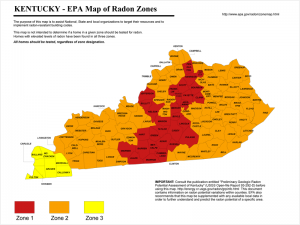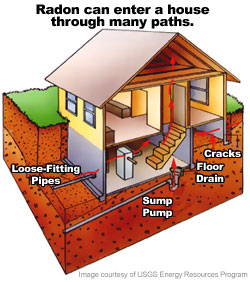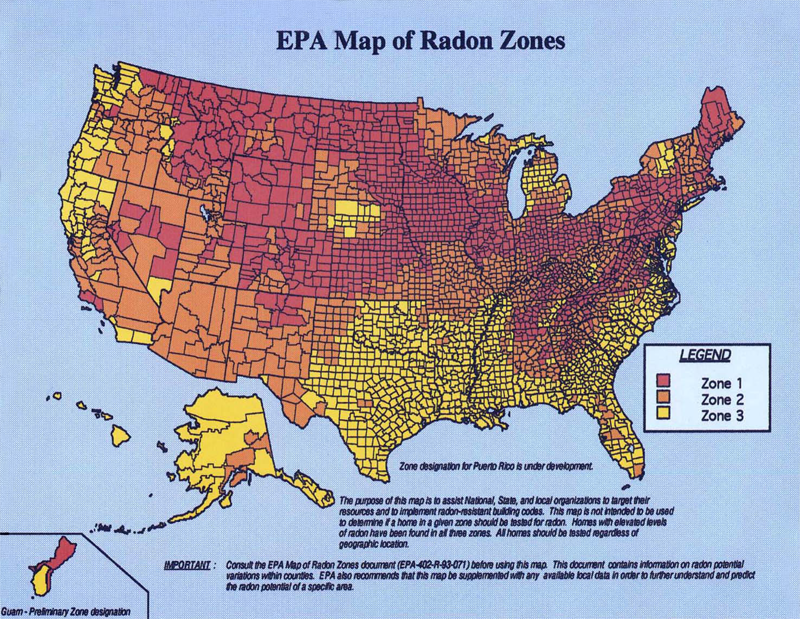Haystack Inspection Services is a National Radon Safety Board certified Radon Measurement Specialist. Because you can’t see, smell or taste Radon; Testing is the only way to know if you and your family are at risk. EPA and the Surgeon General recommend testing all homes for radon.
In 1988, the US Surgeon General Issued the following national radon health advisory to the public:
“Indoor radon gas is a national health problem. Radon causes thousands of deaths each year. Millions of homes have elevated levels. Most homes should be tested for radon. When elevated levels are confirmed, the problem should be corrected.”
In addition, January 13, 2005, the Surgeon General issued another advisory in regards to radon:
“Indoor radon is the second-leading cause of lung cancer in the United States and breathing it over prolonged periods can present a significant health risk to families all over the country. It’s important to know that this threat is completely preventable. Radon can be detected with a simple test and fixed through well-established venting techniques.”
In the EPA “Citizens Guide to Radon” it is estimated that there are 21,000 deaths per year from radon.
After mitigation, the EPA recommends that the dwelling be retested at least every 2 years or if the building undergoes significant structural alteration. The reason for testing every 2 years is to confirm the mitigation system is operating correctly and or building conditions have not changed (i.e. cracks in the slab occurred allowing a radon entry point).
Radon can be found all over the Kentucky & Jefferson County.
Jefferson County is in Zone 1 which places it in the category with the highest radon levels.
Any home may have a radon problem
Radon is a radioactive gas. It comes from the natural decay of uranium that is found in nearly all soils. It typically moves up through the ground to the air above and into your home through cracks and other holes in the foundation. Your home traps radon inside, where it can build up. Any home may have a radon problem. This means new and old homes, well-sealed and drafty homes, and homes with or without basements.
Cracks in solid floors
Construction joints
Cracks in walls
Gaps in suspended floors
Gaps around service pipes
Cavities inside walls
The water supply
If you want to learn more about radon, please click on the links provided below.
Home Buyer’s and Seller’s Guide to Radon
This booklet is intended for anyone who is buying or selling a home, real estate and relocation professionals, home inspectors and others.
Video: Breathing Easy: What Home Buyers and Sellers Should Know About Radon
The primary audiences are home buyers and sellers, and real estate sales agents and brokers. Home inspectors, mortgage lenders, other real estate practitioners, and radon services providers will also find the video helpful.
EPA’s Guide to Radon Reduction
Consumer’s Guide To Radon Reduction – How to fix your home
EPA Map of Radon Zones
This map is not intended to be used to determine if a home in a given zone should be tested for radon. Homes with elevated levels of radon have been found in all three zones. All homes should be tested regardless of geographic location.



